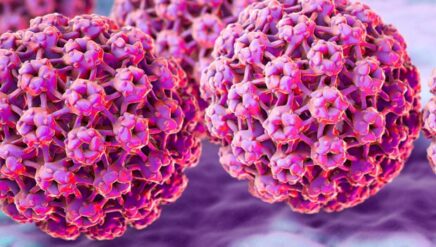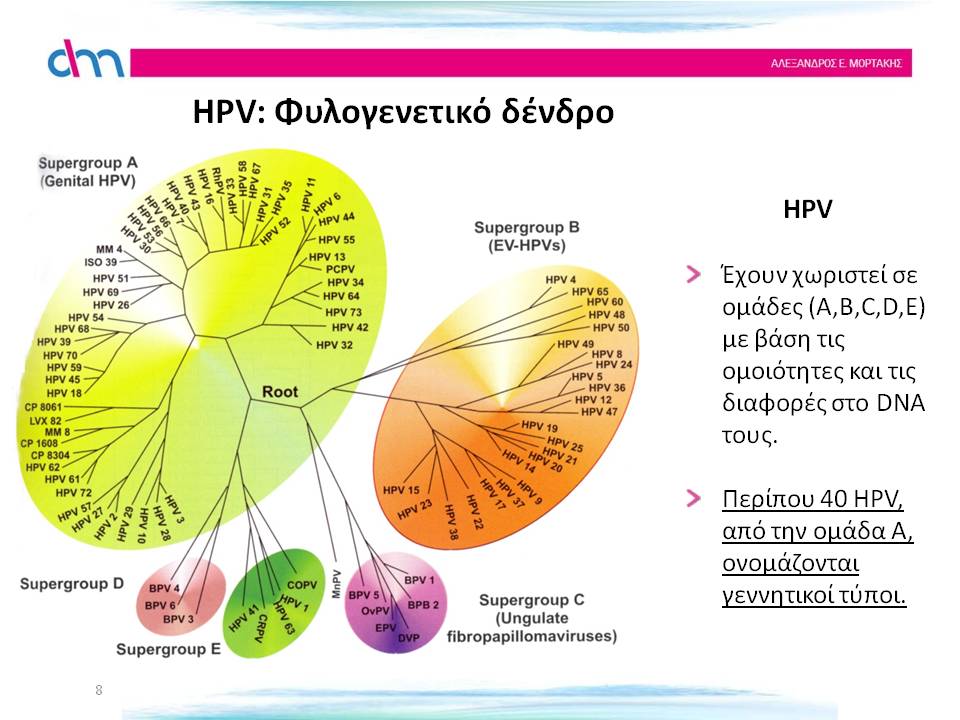
What is respiratory papillomatosis?
This is a disease where papillomas appear on the respiratory system airways (mainly the larynx and, secondarily, in the rest of the respiratory system). These papillomas may block the airways, posing a risk to the patient’s life. Papillomas may appear anywhere in the respiratory system, from the nose to the lungs. However, in 95% of the cases there are lesions in the larynx. The trachea is the second most frequent area, followed by papillomas in the bronchi.
At what ages does it appear and how common is it?
We see it in children younger than five years old as well as adults (usually in their fourth decade). In children, the average age of diagnosis is 3.5-4 years and in adults 35- 40 years.
The incidence of the disease is very low. In the USA, there are around 1,000 cases each year. A similar incidence is reported by the statistical data of Denmark.
What is the cause of respiratory papillomatosis?
HPV 6 and 11 are the causal factors (HPV 11 is found more frequently). HPV 16 and 18 are also found in some rare cases.
Lesions in children are attributed to their infection during childbirth. The infection of the newborn during natural childbirth is considered the most common way of transmission. It seems that a caesarean section does not protect 100%, and in some newborns HPV is also transmitted during the perinatal period. Most cases with respiratory papillomatosis are first-born children by
young mothers who had a natural childbirth.
Lesions in adults are possibly due to the sexual transmission of HPV.
What are the symptoms?
The symptoms are:
- Hoarseness or change in voice
- Choking sensation
- Feeling a foreign object in the throat
- Coughing
- Difficulty breathing
- Wheezing when breathing
How is it diagnosed?
The doctor looks at the airway through a thin viewing instrument called an endoscope. During the endoscopy the doctor will examine the throat, larynx, trachea, and lower airways (laryngoscopy and bronchoscopy).
How is it treated?
Treatment involves the destruction of the lesions with laser, cryotherapy or microabrasion in combination with antiviral medication. Recurrences are common.
What is the prognosis?
The disease has remissions and flare-ups. Prognosis is worse in young children. A tracheotomy is required in many cases to ensure breathing.
In a small percentage (3-5%), the lesions may become malignant and develop into squamous cell carcinoma.
Is there any prevention?
Prevention is possible with the vaccine that covers HPV 6 and 11. It is considered best that both boys and girls are vaccinated before becoming sexually active. This prevents infection by the specific types of HPV and their transmission to the newborn. Vaccination before becoming sexually active also prevents against respiratory papillomatosis in adults.





